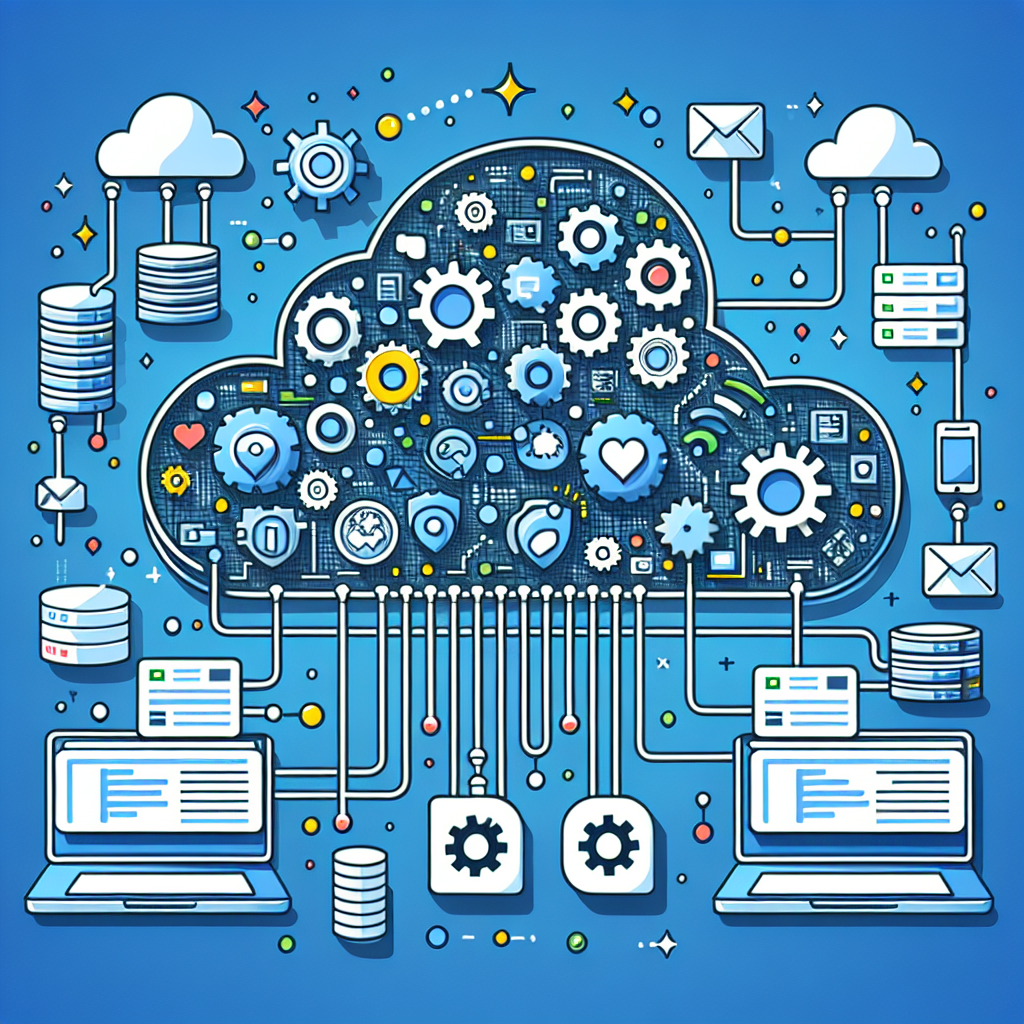Your cart is currently empty!
Creating Production-Ready Applications with Google Cloud Run: Best Practices and Tips

Google Cloud Run is a fully managed platform that allows developers to run stateless containers in a serverless environment. It is a great tool for building and deploying production-ready applications quickly and efficiently. In this article, we will discuss some best practices and tips for creating production-ready applications with Google Cloud Run.
1. Use Docker Containers: Google Cloud Run supports Docker containers, so it is important to package your application in a containerized format. This allows you to easily deploy and scale your application on Cloud Run without worrying about dependencies or infrastructure.
2. Optimize Container Images: When building your Docker image, make sure to optimize it for size and performance. This includes removing unnecessary files, using a lightweight base image, and minimizing the number of layers in your image. A smaller and more efficient image will result in faster startup times and lower costs.
3. Set Resource Limits: Google Cloud Run allows you to set resource limits for your containers, including CPU and memory limits. It is important to set these limits based on the requirements of your application to ensure optimal performance and cost efficiency. You can experiment with different resource limits to find the right balance for your application.
4. Implement Health Checks: Health checks are a crucial part of creating production-ready applications. Google Cloud Run supports HTTP health checks, which allow you to monitor the health of your application and automatically restart containers that are not responding. Implementing health checks ensures high availability and reliability for your application.
5. Use Secrets and Configurations: Google Cloud Run allows you to store sensitive information such as API keys, passwords, and other configurations securely using Secret Manager. This ensures that your application is not exposing sensitive data in plain text and follows best practices for security.
6. Monitor and Debug: Monitoring and debugging are essential for maintaining production-ready applications. Google Cloud Run integrates with Cloud Monitoring and Logging, allowing you to monitor the performance and health of your application in real-time. You can set up alerts, view logs, and troubleshoot issues quickly to ensure the reliability of your application.
7. Automate Deployment: Automating deployment processes can save time and reduce the risk of human error. Google Cloud Run integrates with popular CI/CD tools such as Cloud Build and GitHub Actions, allowing you to automate the deployment of your application from code to production seamlessly.
In conclusion, Google Cloud Run is a powerful platform for building and deploying production-ready applications. By following best practices and tips such as using Docker containers, optimizing images, setting resource limits, implementing health checks, securing secrets, monitoring and debugging, and automating deployment, you can create reliable and scalable applications on Google Cloud Run. With the right approach, you can leverage the benefits of serverless computing and focus on developing great applications without worrying about infrastructure management.

Leave a Reply